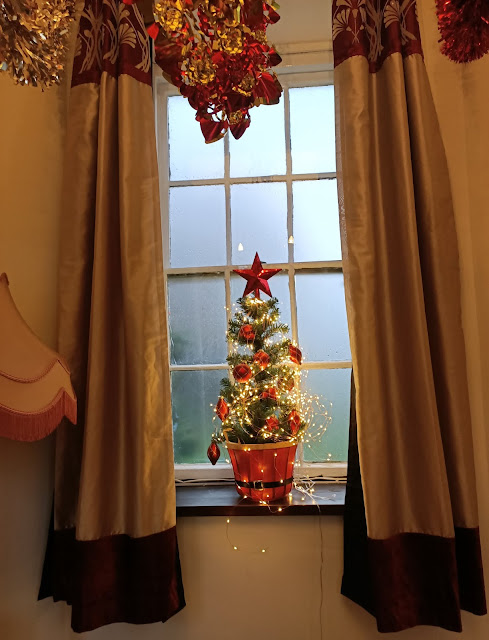Remembrance
 |
It’s an unnerving week in the world at the moment, as the USA decide on their next President, and in most of the UK we enter our second lockdown during the Coronavirus pandemic. Yet Betley Court Gardens remains a little centre of calm, the coming and goings of nature seemingly oblivious to all our manmade dramas.
 |
| Autumn colour in the woods |
The apparent calm around Betley Court belies the efforts
going on behind the scenes as we work towards the house rebuild. Following our successful planning application to
rebuild the roof at Betley Court, we’ve now received permission to create a
building compound at the front of the house on the lawn. Whilst it is upsetting
to lose part of the lawn, albeit temporarily, this will allow construction
vehicles to come on site and drop-off deliveries. The tender documents for the
rebuild are out, and we’ve been meeting with prospective contractors who wish
to submit quotes for the work. Nigel has a long day this week, meeting with representatives from each company in turn to answer questions on the rebuild.
 |
| Frost on the lawn |
There was a decent frost when I arrived at Betley Court this morning. When Victorian landscape designer, William Barron created the sunken lawn at Betley Court back in 1866, I don’t know if he realized he’d also created a perfect ‘frost pocket’ for the gardeners that followed him. Frost pockets describe the habit of cold winter air to roll down slopes, and collect at the bottom, creating chilly micro-climates in hollows, prone to killing off all but the hardiest plants. His design was for an Italianate parterre – ‘a pattern in the earth’, marked out with coloured, gravel-filled scrolls, punctuated with specimen trees and shrubs such as clipped yew. Perhaps, then, it didn’t matter that the sunken lawn caught the frost so badly?
 |
| Frosted forget-me-nots in the flowerbeds |
Gardening in a frost
pocket does throw up some challenges; there are some plants sold as ‘hardy’
that haven’t made it through a Betley winter, much to my disappointment.
However, the current design of six beds, bounded by clipped box hedges and
shapes gives us a resilient structure all year round. Some plants, such as the
dahlias, are cut down by the frost, and I will need to retrieve the tubers to
grow on next spring. Others, like annuals, have dispersed their seeds to grow next year.
The flowerbeds in winter
Elsewhere in the
gardens, our native wildflower planting down by the Visitors’ Hub has received
its first cut. We’re leaving the clippings for a week or two, to allow the
seeds to drop, then they’ll be raked up to prevent the ground becoming too
nourished. Wildflowers do better in impoverished soils. Hopefully we should get
a good show next summer.
Scythed wildflower areas by the Visitors' Hub
In readiness for
Remembrance Sunday, Melvyn and Shane, our handymen have installed our ‘Tommy’
in the Peace Garden. Tommy is one of the life-sized sculptural cut-outs of a
WWI soldier created for the artwork ‘There But Not There’. The sale of these
sculptures commemorating the fallen, raises millions for the Royal British
Legion and other charities. We are very proud for the Peace Garden at Betley
Court to be part of this nationwide installation.
Our Tommy, in pride of place on the side of the dovecote in the Peace Garden
You may recall that
our Tommy was recovered from the cellar of Betley Court from under tonnes of debris.
While Melvyn was restoring Tommy’s paint work, he created a copy in plywood. He’s
an ex-forces man himself, and his Tommy has been installed in Leek in time for Remembrance
Sunday.
It’ll will be an unusual Remembrance Sunday, as people find ways to mark
the 11th of the 11th, without attending mass gatherings.
Never-the-less the fallen will be remembered.
Tommy's shadow
All best wishes
Ladybird Su


Comments
Post a Comment